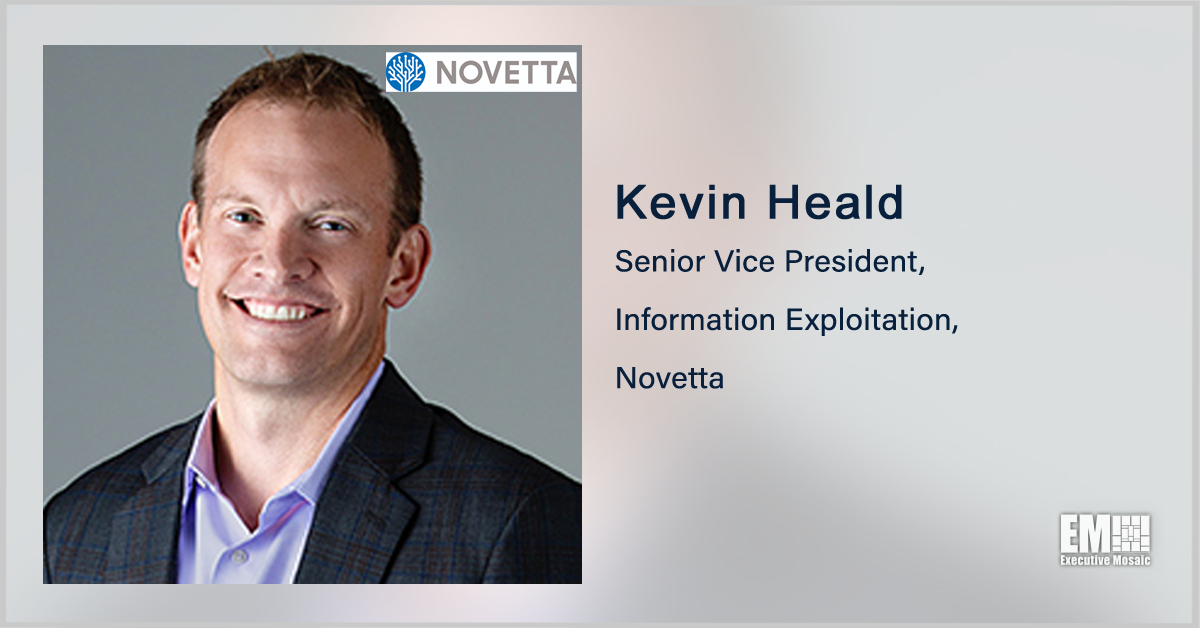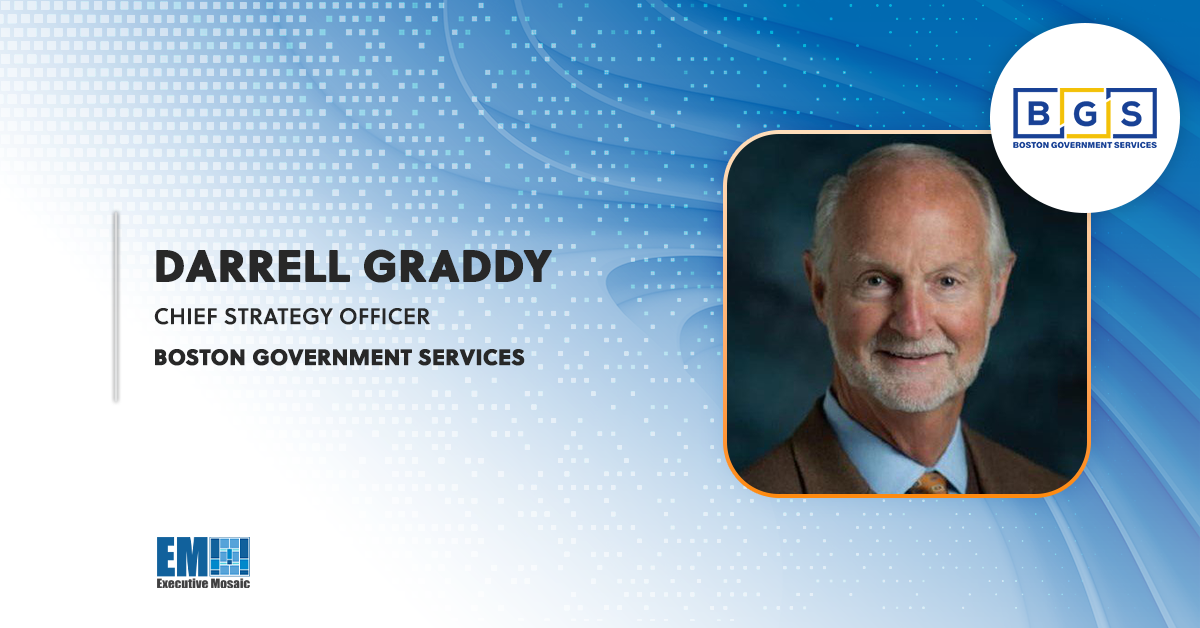GovCon Wire Events hosted its Army: IT Management and Transformation Forum on Thursday featuring an opening keynote address from Raj Iyer, chief information officer with the U.S. Army and 2021 Wash100 Award recipient, discussing innovative initiatives and concepts that will strengthen the Army’s warfighting ability.
If you missed the Army: IT Management and Transformation Forum, you can still access the OnDemand footage by visiting GovCon Wire’s Event Archive.
Following the opening keynote address from Raj Iyer, GovCon Wire Events featured an expert panel full of elite leaders from across the federal sector to discuss the Army’s latest initiatives toward IT modernization and reform, new capabilities and strategies to technological development, management and transformation.
Kevin Heald, senior vice president of the information exploitation division at Novetta, served as the panel moderator while Jason Brown and Sandra Lopez of Leidos, Leonel Garciga, Paul Puckett, and John Howell of the U.S. Army were all featured as panelists for the discussion.

After Heald welcomed the audience to the expert panel and introduced its panelists, he began the discussion by asking Paul Puckett, director of the Army’s Enterprise Cloud Management Office, about the greatest challenges facing the service branch as it moves toward digital transformation and realizing the current vision for the future.
Puckett was quick to mention culture in his response and detailed how the traditional processes and ways that we’ve been doing business in our sector since the industrial age aren’t as well established in the current information age and many of these concepts we cling to are outdated.
“As we move into the information age and the cognitive age, where things move so quickly and we see technology changing fundamentally around us, we have to look at the way that we organize and how we process information and work with each other,” Pickett explained.
“Changing that culture and kind of seeing there’s a different role to be played when we talk about the way that we can deliver capabilities, leverage cloud technology; and just generally in the world of visual monitorization, I think fundamentally there are changes that need to happen.”
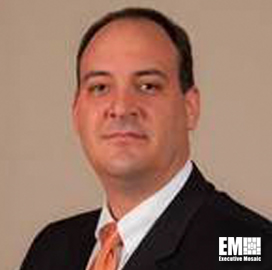
Puckett’s comments brought Jason Brown, the chief technology officer for Leidos’ Army and Mission Partners division, into the conversation to provide the industry perspective to these challenges. Brown elaborated that technology is actually the easy part of the dynamic.
He agreed that changes in training, culture and refocusing the way that people are used to doing business is significant, but brought to light that changing how we approach the acquisition process will also be a great challenge for the U.S. Army.
Right now, industry is working to help the Army get their arms around how can we do this faster and more cost effectively? Part of the answer is developing service models around things like managed service and as-a-service offerings in order to achieve economies of scale and really drive efficiencies that can significantly decrease the time to deliver modernized capabilities and lower the overall cost,” Brown stated.
“However, the U.S. Army really can’t take full advantage of these until it learns how to assimilate them from a contractual standpoint … This might be an excellent opportunity, to set up a working group with a camp in government and industry to continue to have an open dialogue on how we can address some of these issues and really help maximize the benefit,” he added.
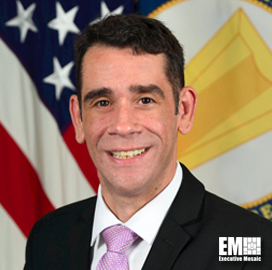
Leonel Garciga, director of Army Intelligence Community Information Management for the Office of the Deputy Chief of Staff at G-2, continued the discussion with a deeper dive into the operational side and policy development of these changes still to come. Garciga made it clear that at the operational level, the Army still needs to be delivering on the latest capabilities while modernizing simultaneously.
He explained that as the new programs have begun transitioning, the maturity of some of these programs will delay that process and the other challenge of putting out new policies that do not alienate those changes or the ability to stay ahead of the curve to deliver the most up to date capabilities available.
“This next stage is a really important one where you find a realistic balance because you can’t just shock the system. That doesn’t work for the government, or for industry…I think it’s important to realize that we talk about culture, and how we’re going to get there, but the implementation piece is crucially important,” Garciga added.
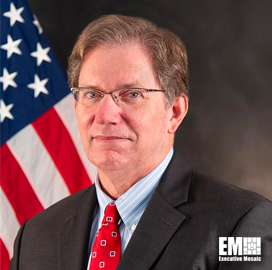
The fourth panelist John Howell, assistant program executive officer of Networks, Cyber & Services for the Army’s PEO EIS, was introduced by Heald and Howell shifted the conversation more specifically into the challenges the Army is facing in modernization and readiness under the service branch’s Enterprise Digital Strategy.
Howell defined the Army’s modernization and readiness efforts as a digitally enabled data-driven owned by digital transformation, which includes six specific lines of effort to complete its main objectives. During his comments, he focused on the Army’s IT infrastructure and networks as well as the work towards a modernized enterprise business.
“That’s where digital transformation gets very, very difficult and challenging, but also so important in modernizing the IT infrastructure,” Howell detailed. “The first step is understanding what that means logistically, then having a strategy that reflects on both a unified network strategy and the work that our counterparts down at the Cyber Center of Excellence are doing to codify our requirements to establish a common operating environment.”
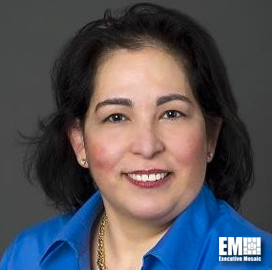
As the fifth panelist, Leidos’ vice president of Enterprise and Cyber Solutions Operations Sandra Lopez focused her comments on the emerging technologies currently influencing these changes directly. Without hesitation, she mentioned zero-trust, artificial intelligence and machine learning as some of the most significant.
Lopez reiterated that the market is flooded with vendors and products tied to these technologies, but the important thing to remember is to develop overarching solutions for the technology as it continues to evolve and it’s necessary to address that challenge appropriately or else everything on the operational, policy and culture side will continue to be multiple steps behind.
“We’ve had enough playtime. Now, it’s showtime,” Lopez explained. “We need to start putting the technology on the edge and using it for our warfighters. We may have some hiccups to ensure it is productized properly for them. But I assure you, they will step up. At the end of the day, they are our best assets out there, and they will embrace these changes.”
To hear the rest of the panel discussion, Ray Iyer’s keynote address and all that GovCon Wire Events’ Army: IT Management and Transformation Forum has to offer, visit you can still access the OnDemand footage by visiting GovConWire Events Archive Page.
During GovConWire Events’ next event, distinguished federal and industry leaders will discuss aligning space acquisition goals along with acquisition reform and modernization during the Space Acquisition Forum on Sept. 14th.
Featuring Shawn Barnes, Acting Assistant Secretary Office of the Assistant Secretary of the Air Force for Space Acquisition and Integration will be featured as the keynote speaker to address the value of integrated space architecture and the importance of synchronization and integration for space capabilities.
Join our event to learn more about how the commercial sector can assist the DOD in securing the nation’s future in space and beyond. Visit GovCon Wire Events to register for the forum now.



